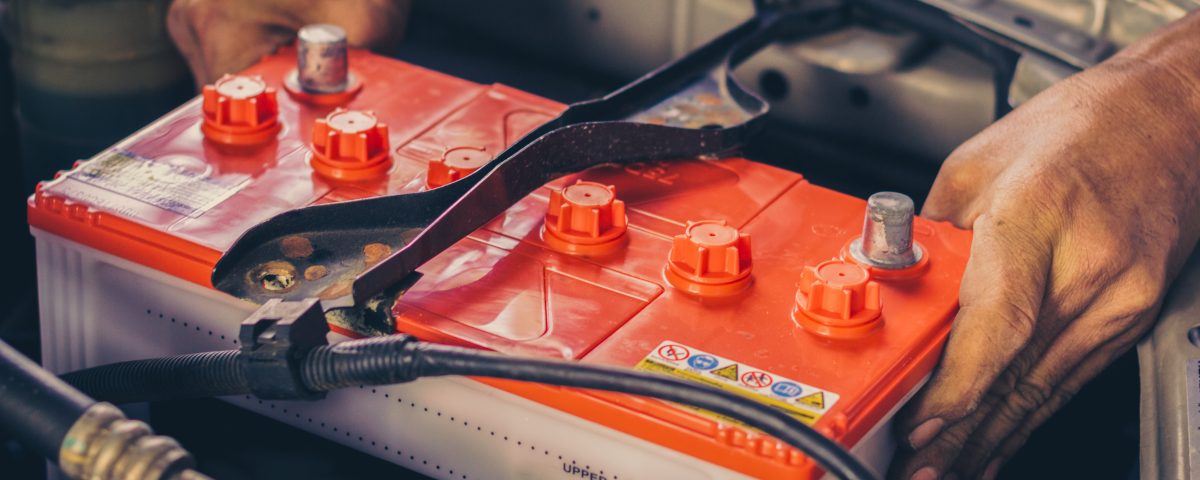Preserving battery life during vehicle storage requires careful consideration of environmental factors and proper maintenance practices. Research-backed recommendations provide valuable insights into optimising storage conditions to ensure the battery remains in good condition and ready for use when needed.
Choose a Cool, Dry Location: Store the vehicle in a cool, dry place away from direct sunlight and extreme temperatures. According to research, temperatures above 80°F (26.7°C) can significantly accelerate battery self-discharge rates, leading to quicker depletion over time.
Use a Battery Maintainer or Trickle Charger: A battery maintainer or trickle charger can help maintain the battery’s charge level during extended periods of non-use. Studies show that using a maintainer or charger can reduce the risk of battery sulfation and prolong battery life by ensuring it remains at an optimal charge level.
Disconnect Battery Terminals: Disconnecting the battery terminals can prevent the parasitic drain from vehicle electronics, which can gradually deplete the battery over time. Even modern vehicles with minimal electronics can experience parasitic drains.
High Temperatures: Exposure to high temperatures can accelerate chemical reactions inside the battery, leading to faster degradation. According to research, every 15°F (8.3°C) increase above 77°F (25°C), battery life can decrease by up to 50%.
Low Temperatures: Cold temperatures increase the battery’s internal resistance, making it harder for the battery to deliver power during cold starts. Statistics show that at 0°F (-17.8°C), a car’s battery loses about 60% of its strength, while at 32°F (0°C), it loses about 35%.
Humidity and Ventilation: Ensure the storage area is well-ventilated to prevent moisture buildup, which can lead to corrosion and electrical issues. Humidity can also affect battery terminals and connections, so periodic inspection and cleaning are recommended to maintain optimal conductivity.
Read More: How to Keep Your Alloy Wheels in Great Condition








